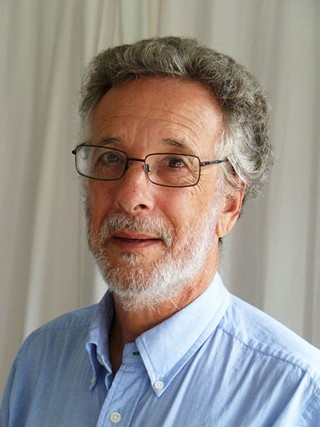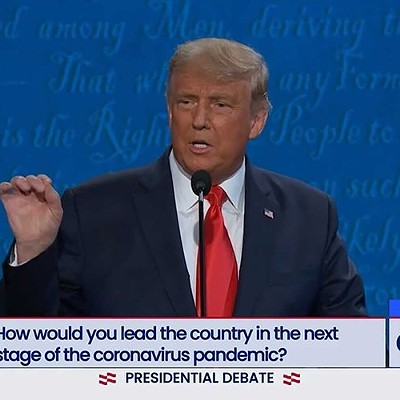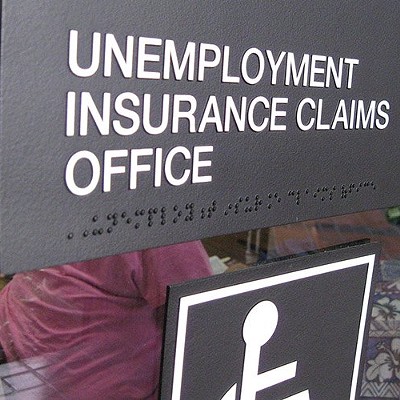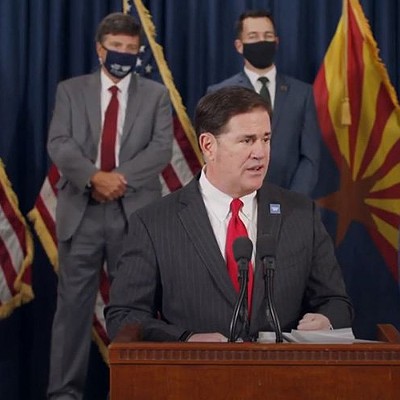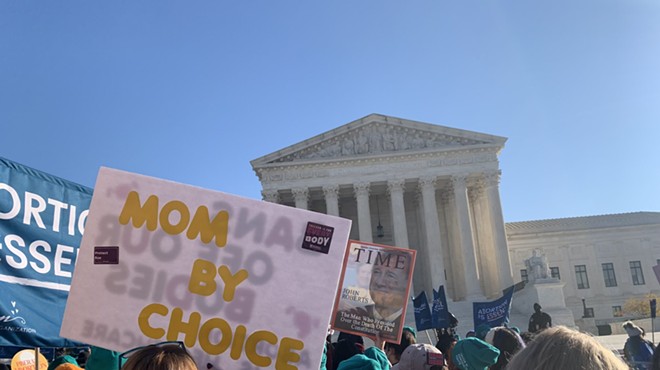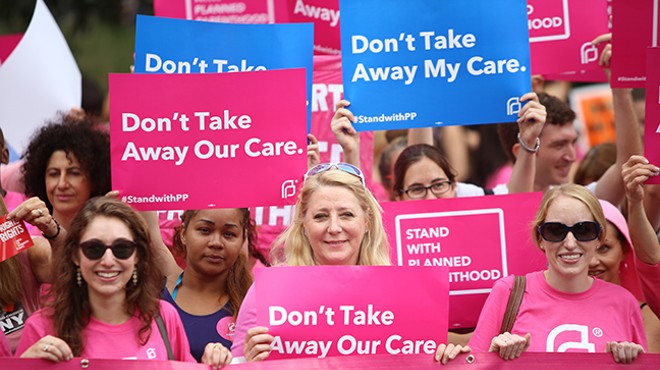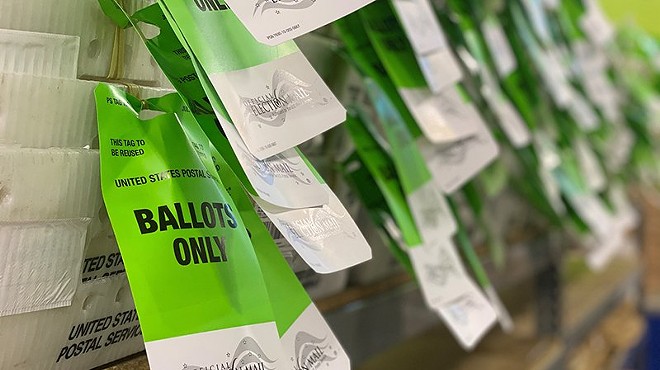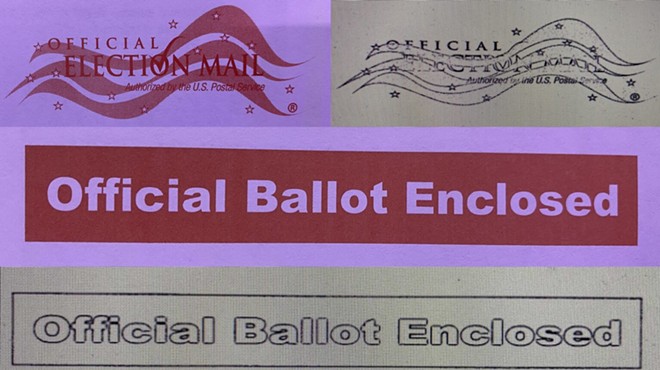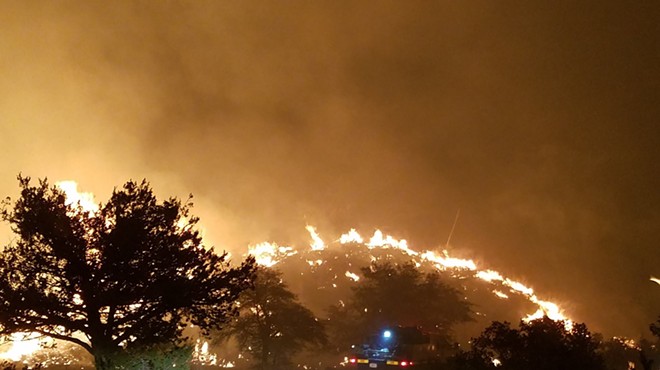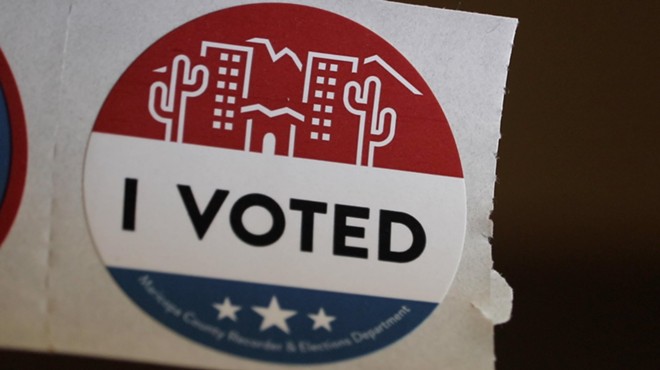Thursday, September 15, 2016
Teacher Shortages: Things Are Bad All Over (Only More So In Arizona)
The Learning Policy Institute just published a research paper, A Coming Crisis in Teaching? Teacher Supply, Demand, and Shortages in the U.S. Across the country, the demand for teachers is growing at the same time teachers are leaving in large numbers and fewer college students are enrolling in teacher education programs.
Before looking at the study's general findings, I want to take a look at the interactive map which gives each state a "teacher attractiveness rating" from 1 to 5, based on factors that would encourage people to apply for teaching jobs and stick around once they've been hired. Most of the lowest rated states are in the southwest and the south: Nevada, Arizona, New Mexico, Texas, Mississippi and Florida. Three other states, Colorado, Indiana and Maryland also make the list. At the bottom of the bottom is Arizona with a rating of 1.5. The other low-rated states range from 2 to 2.27.
Our teacher shortages began in earnest with the 2008 economic recession, when states began laying off teachers by the thousands. When the economy improved and school districts started hiring again, both because they lowered the number of children in each class and there were more children total, they had trouble finding enough teachers to fill the vacancies. Many of the fired teachers left the profession for good, and the number of students in teacher education programs fell dramatically—a 35 percent drop in the last five years, about a 240,000 teacher-prep-student decrease. Combine that with our high teacher attrition rate (about one-third of teachers who go are retirees, and the other two-thirds just leave), and we've got a serious and continuing shortage on our hands.
Here's the report's summary on Arizona:
The study makes a few suggestions for ways to decrease potential teacher shortages, most of which take money. It says we need to: increase salaries; increase the number of teachers in hard-to-staff areas, using incentives like loan forgiveness, service scholarships and paid apprenticeships; retain staff by improving mentorship programs and general teaching conditions; and make it easier for teachers who relocate to stay in the profession by encouraging licensing reciprocity and pension portability.
To which I would add: We have to stop trashing teachers. The decades-long, conservative campaign to encourage privatization by talking about "failing government schools" and blaming the teachers who work in them has helped drive teacher morale into the basement. Add increased demands to be "accountable," which means teachers end up spending much of the school year teaching to the test rather than to students' needs, and we've created a situation where it's a credit to teachers that they still decide to join, and remain in, the profession.
Before looking at the study's general findings, I want to take a look at the interactive map which gives each state a "teacher attractiveness rating" from 1 to 5, based on factors that would encourage people to apply for teaching jobs and stick around once they've been hired. Most of the lowest rated states are in the southwest and the south: Nevada, Arizona, New Mexico, Texas, Mississippi and Florida. Three other states, Colorado, Indiana and Maryland also make the list. At the bottom of the bottom is Arizona with a rating of 1.5. The other low-rated states range from 2 to 2.27.
Our teacher shortages began in earnest with the 2008 economic recession, when states began laying off teachers by the thousands. When the economy improved and school districts started hiring again, both because they lowered the number of children in each class and there were more children total, they had trouble finding enough teachers to fill the vacancies. Many of the fired teachers left the profession for good, and the number of students in teacher education programs fell dramatically—a 35 percent drop in the last five years, about a 240,000 teacher-prep-student decrease. Combine that with our high teacher attrition rate (about one-third of teachers who go are retirees, and the other two-thirds just leave), and we've got a serious and continuing shortage on our hands.
Here's the report's summary on Arizona:
In Arizona, 62% of school districts had unfilled teaching positions three months into the school year in 2013–14. In the same school year, close to 1,000 teachers were on substitute credentials—a 29% increase from the previous year. With one of the highest turnover rates of any state and 24% of the teacher workforce eligible to retire by the end of 2018, the outlook for Arizona’s future points to continued shortages.Nationwide, the report estimates we have a 60,000 teacher shortage this school year, and that could go up to 112,000 by 2018 and 316,000 by 2025. Here's a graph with recent and projected shortfalls.
The study makes a few suggestions for ways to decrease potential teacher shortages, most of which take money. It says we need to: increase salaries; increase the number of teachers in hard-to-staff areas, using incentives like loan forgiveness, service scholarships and paid apprenticeships; retain staff by improving mentorship programs and general teaching conditions; and make it easier for teachers who relocate to stay in the profession by encouraging licensing reciprocity and pension portability.
To which I would add: We have to stop trashing teachers. The decades-long, conservative campaign to encourage privatization by talking about "failing government schools" and blaming the teachers who work in them has helped drive teacher morale into the basement. Add increased demands to be "accountable," which means teachers end up spending much of the school year teaching to the test rather than to students' needs, and we've created a situation where it's a credit to teachers that they still decide to join, and remain in, the profession.
Tags: Learning Policy Institute , Teacher shortages , Arizona


